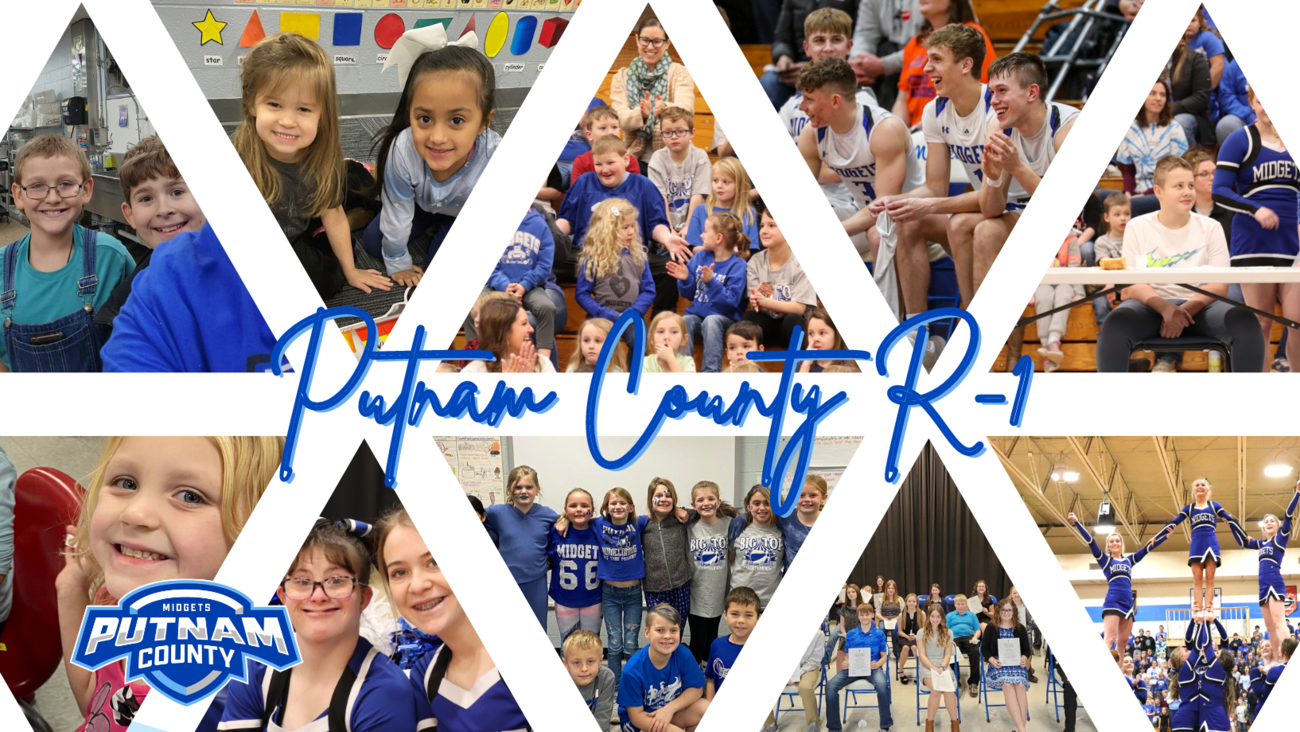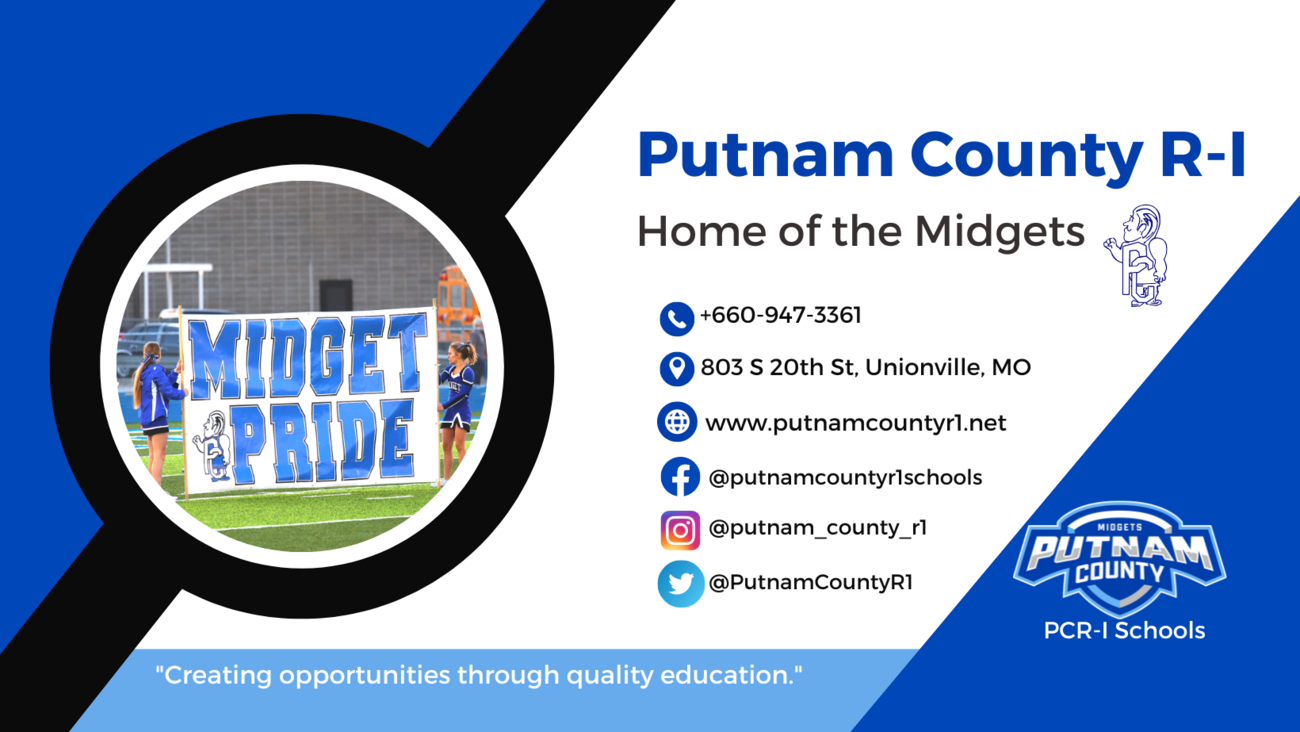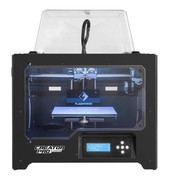New 3-D Printer In High School Science Classroom
Northeast Missouri State Teacher Association Technology Grant Award
Thanks to the Northeast Missouri State Teacher's Association, Mr. Watt's high school science room will be the new home for a Flash Forge 3D Printer Creator Pro this fall. Grant applications were due in February, with one application being accepted from each Northeast Missouri School. Mr. Watt applied for the $1,000 grant with the goal to obtain a 3D printer. Making use of the printer will allow students to experience abstract concepts in an interactive and hands-on way. Textbook models of molecules and fine anatomy can be brought to life through the use of the 3D printer. The use of a 3D printer also presents the unique opportunity to immerse students in a curriculum that demonstrates the applications of technology and engineering in the classroom. Students can now be taught about the use and development of prosthetics in medicine, for example. Another application of the 3D printer in the science classroom could be a project-based learning activity about renewable energy or sustainable building design or an open-ended design contest amongst teams of students.
The benefit to our students is that our mission statement “Creating Opportunities Through Quality Education” will continue to be met through this grant. Additionally, it will align with our written and taught curriculum as highlighted below and will provide enhanced means and methods to teach complex topics.
-
Students will learn to design solutions to complex real-world problems by breaking them down into smaller, more manageable problems that can be solved through engineering. (9-12.ETS1.A.2)
-
Students will also evaluate solutions to complex real-world problems based on prioritized criteria and trade-offs that account for a range of constraints, including cost, safety, reliability, and aesthetics as well as possible social, cultural, and environmental impacts. (9-12.ETS1.B.1)


%20(2).png)

%20(1300%20%c3%97%20732%20px).png)
.png)

%20(1).png)
.png)
.png)

%20(2).jpg)



.png)

